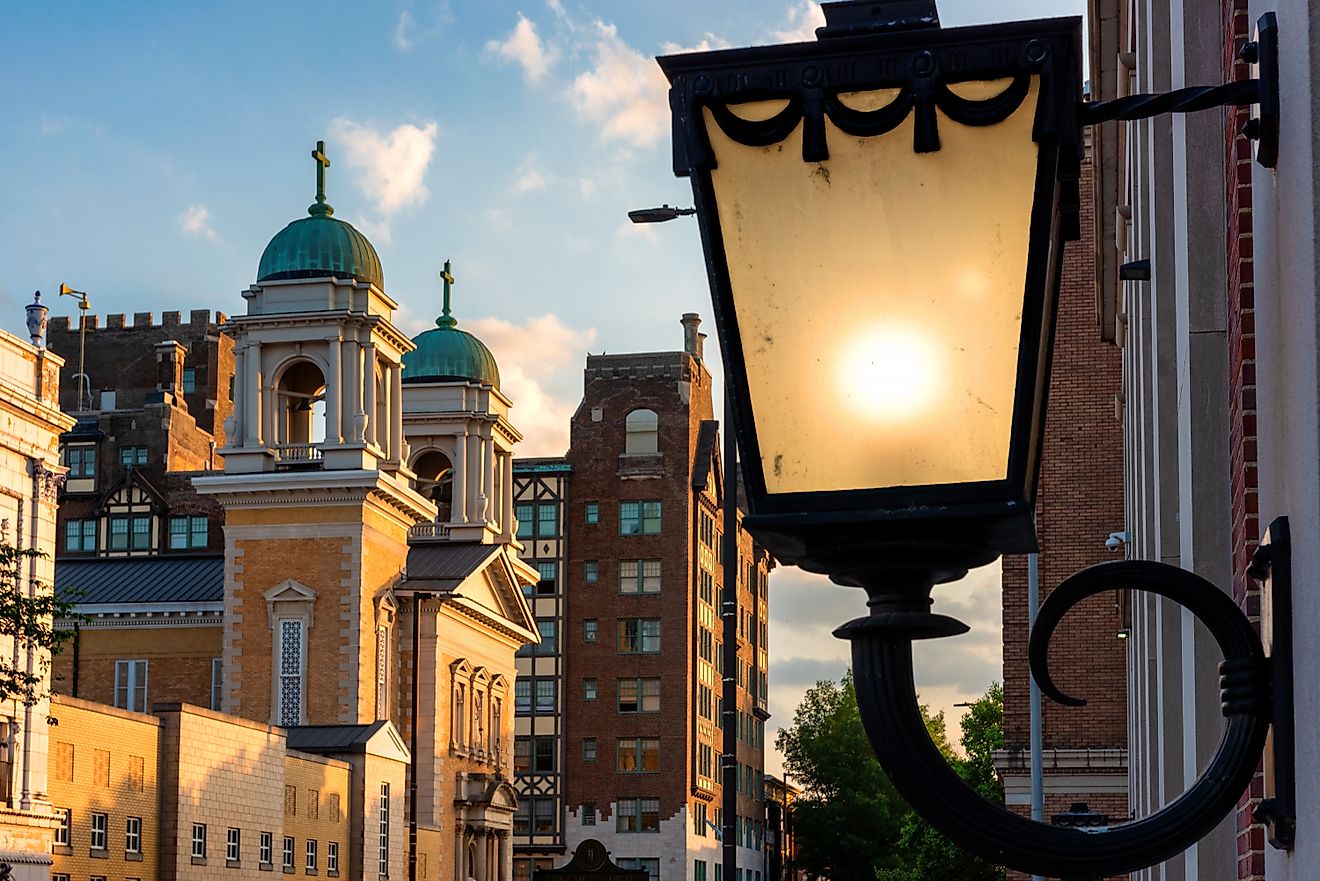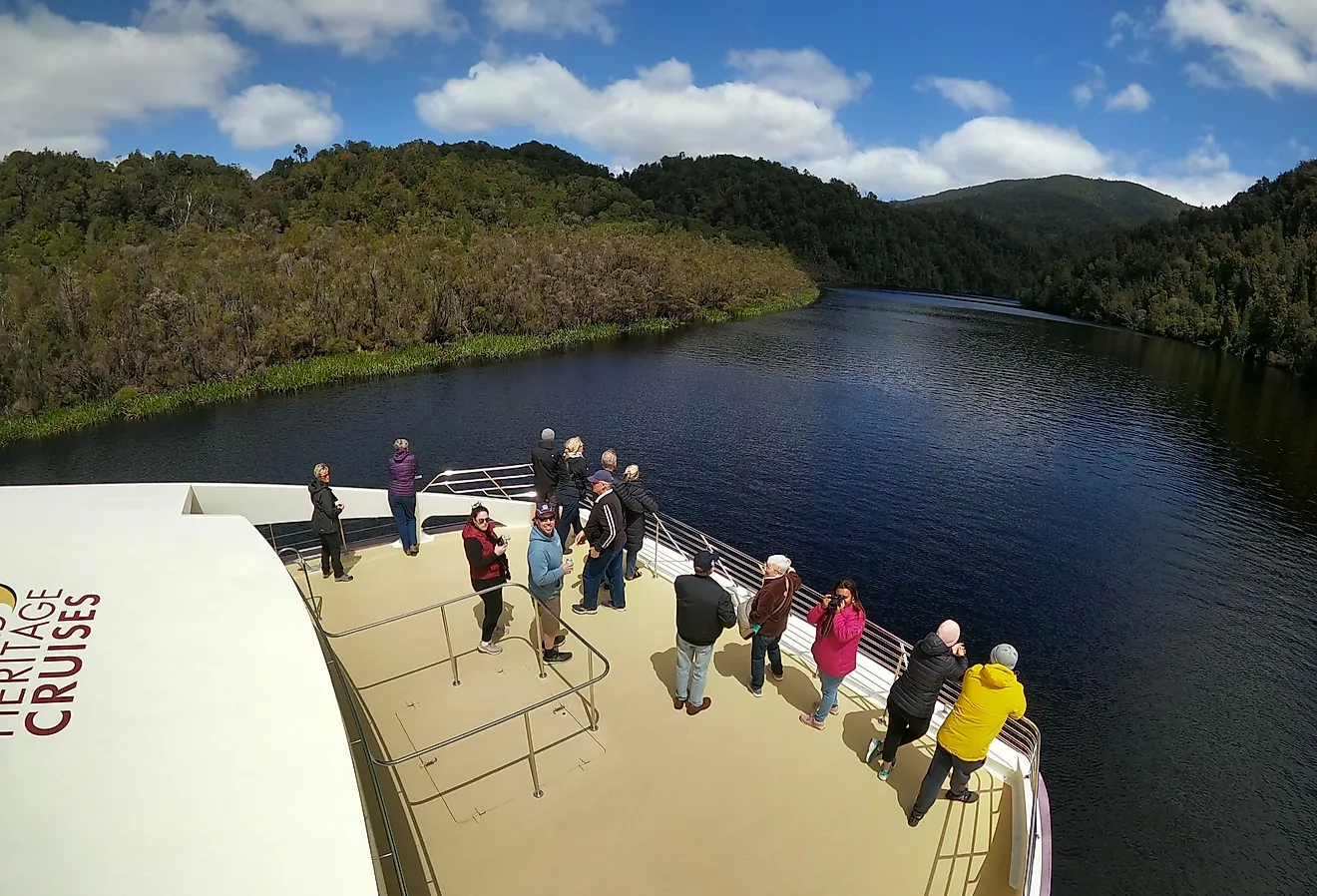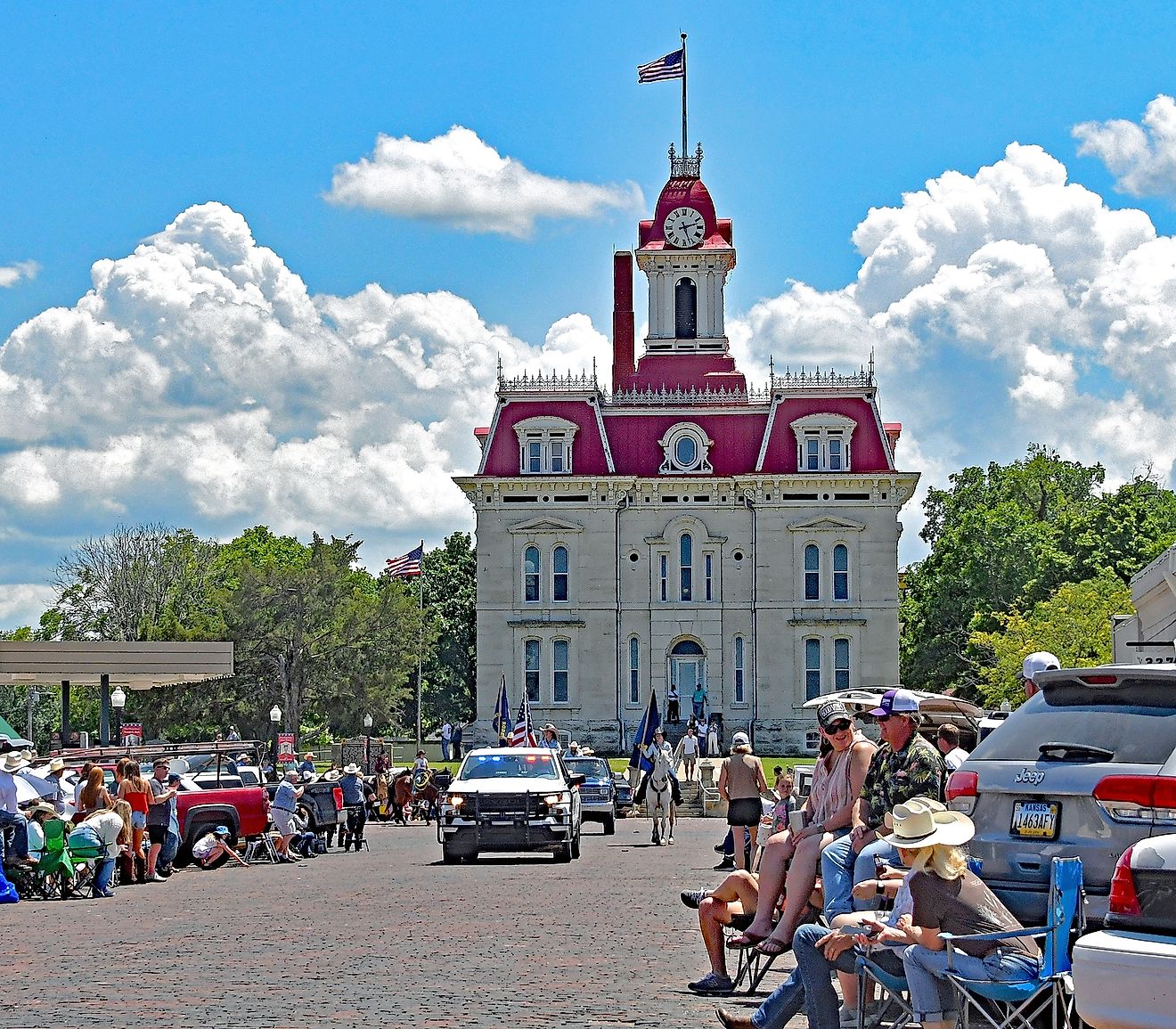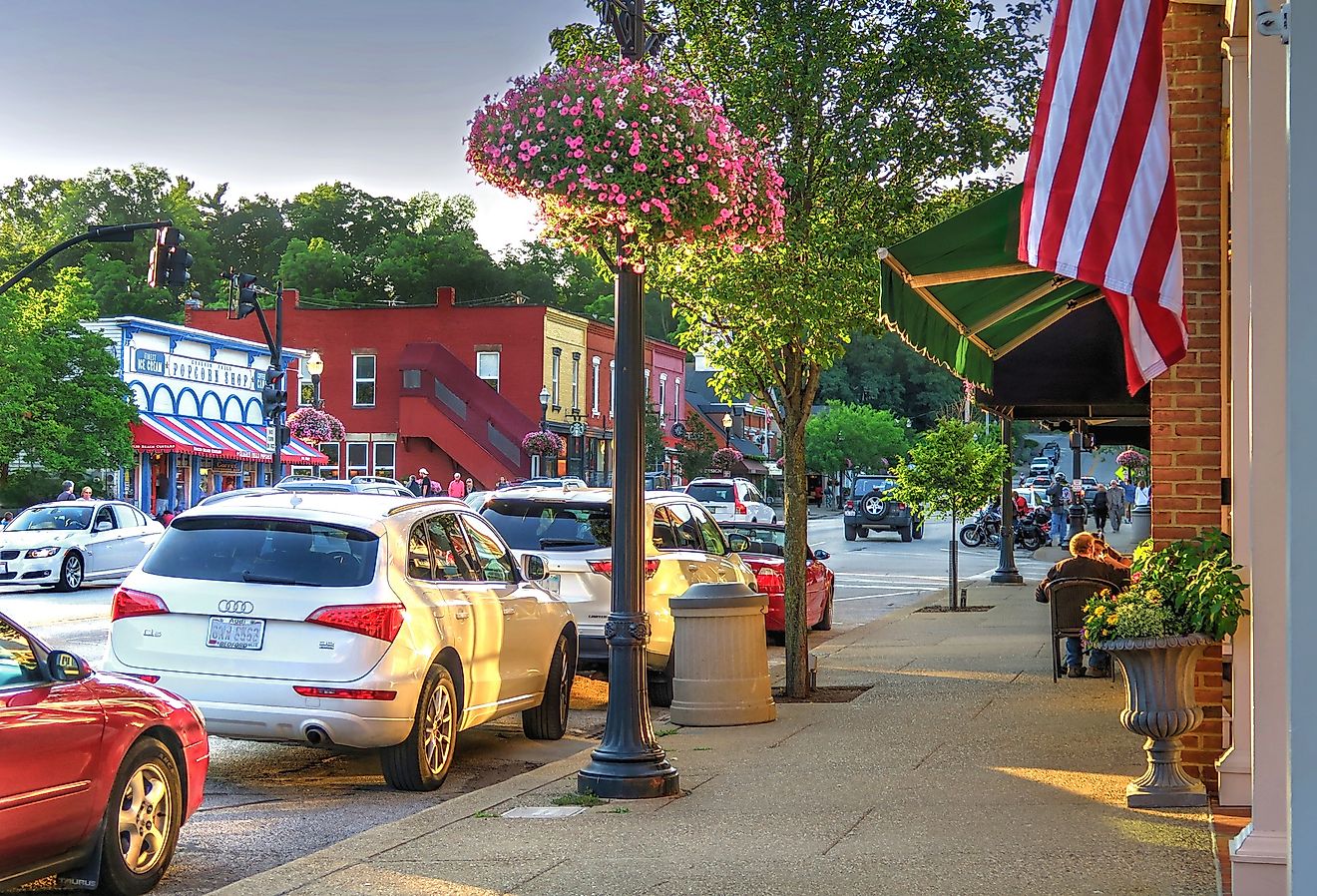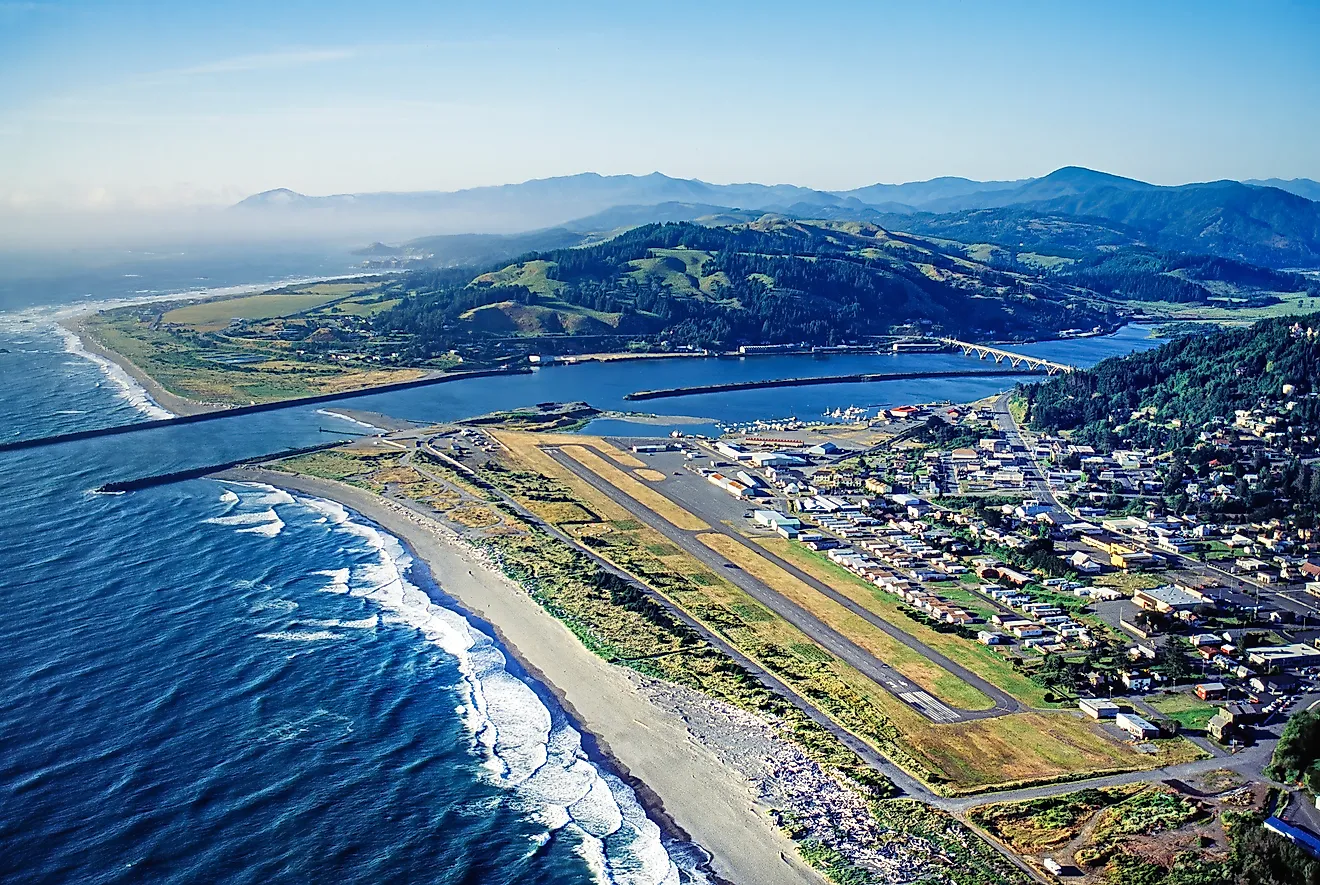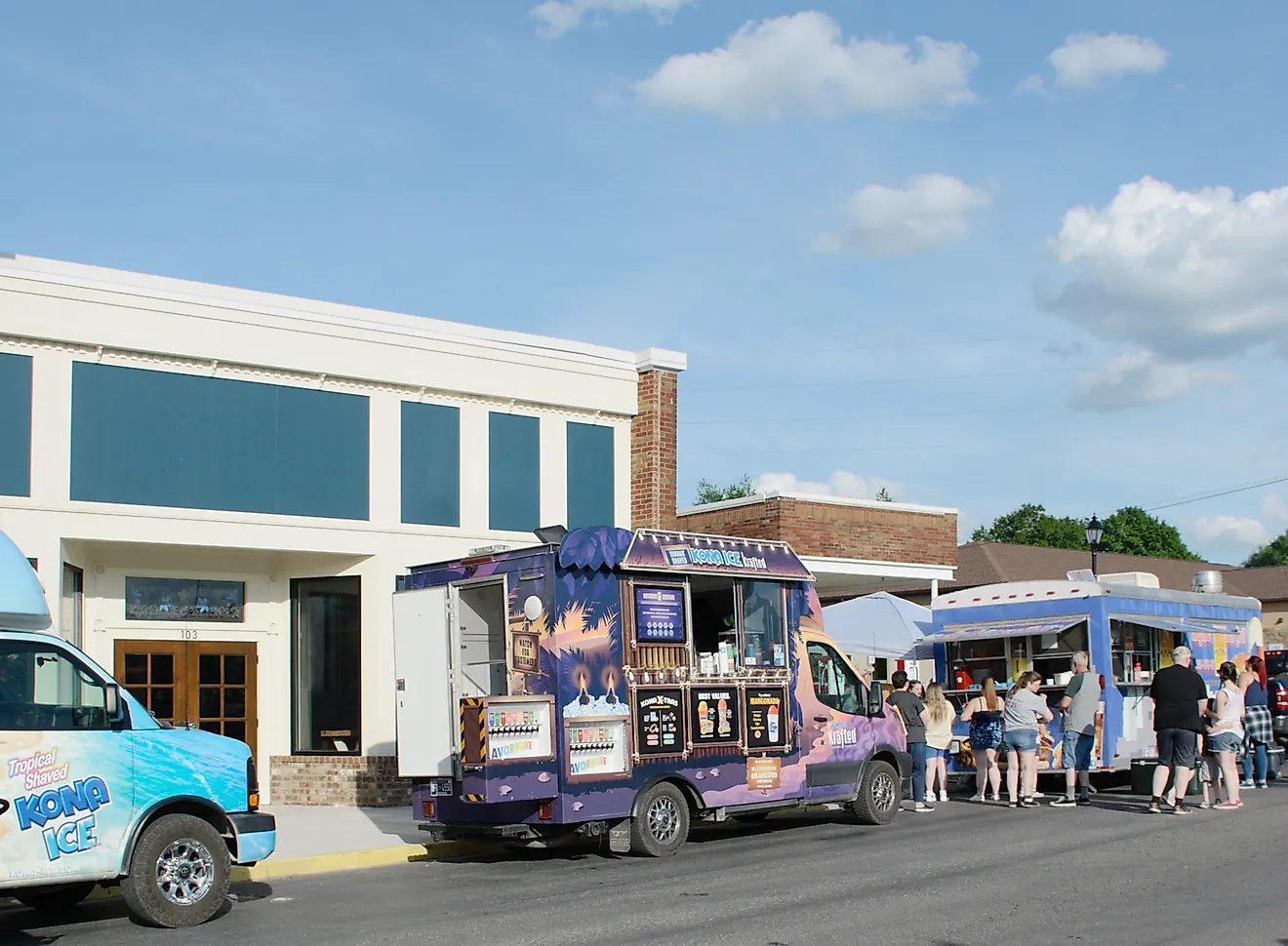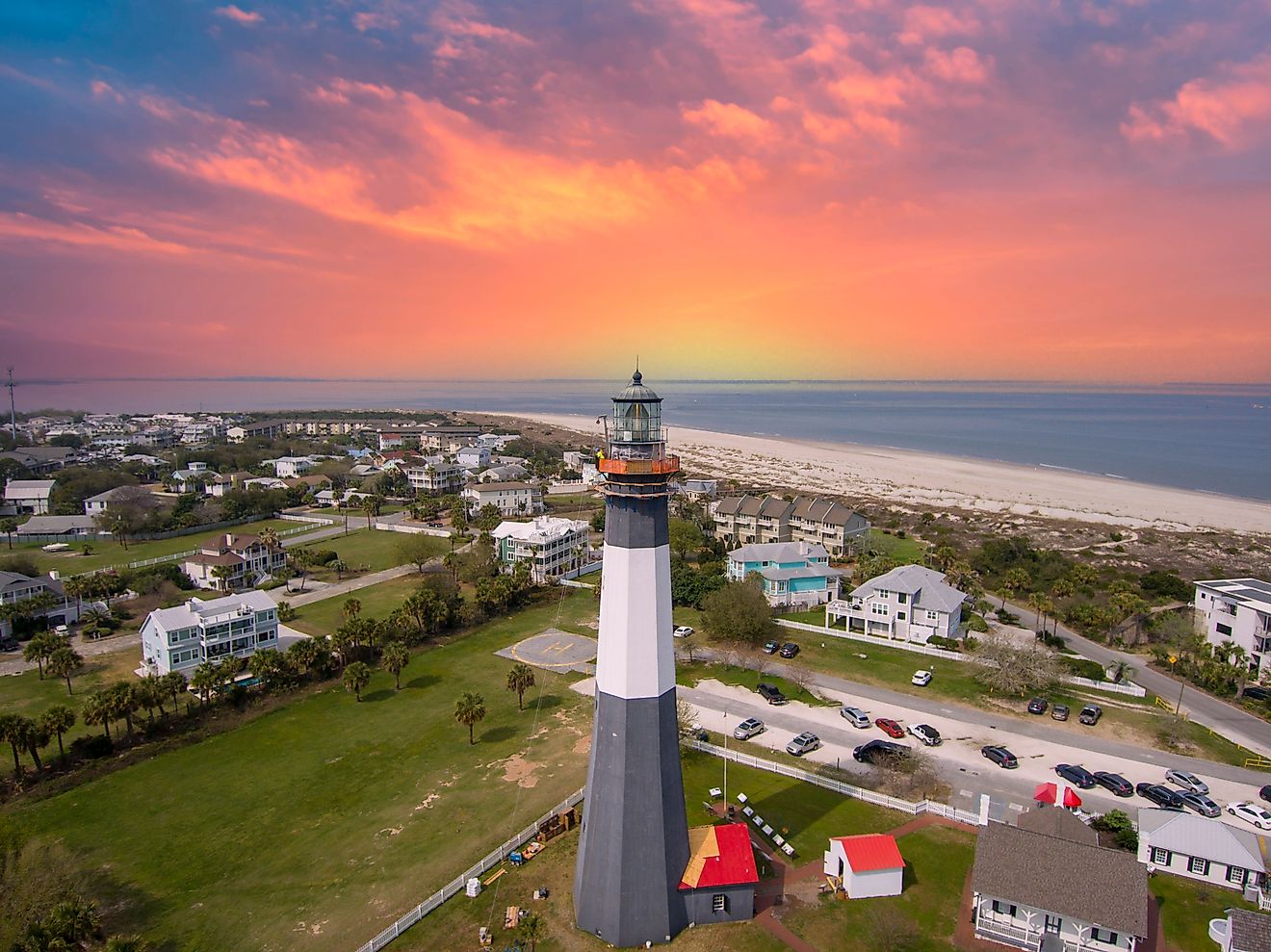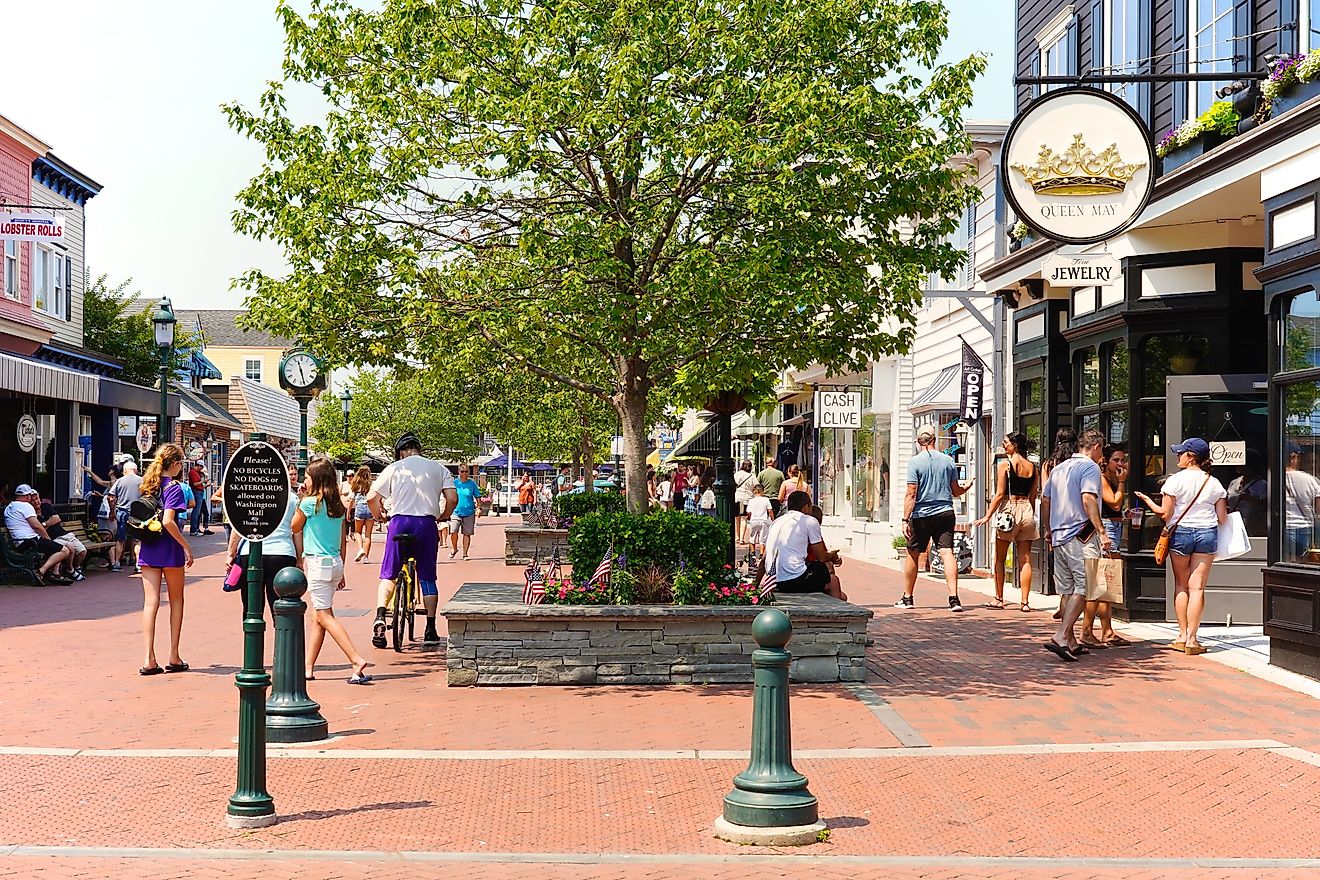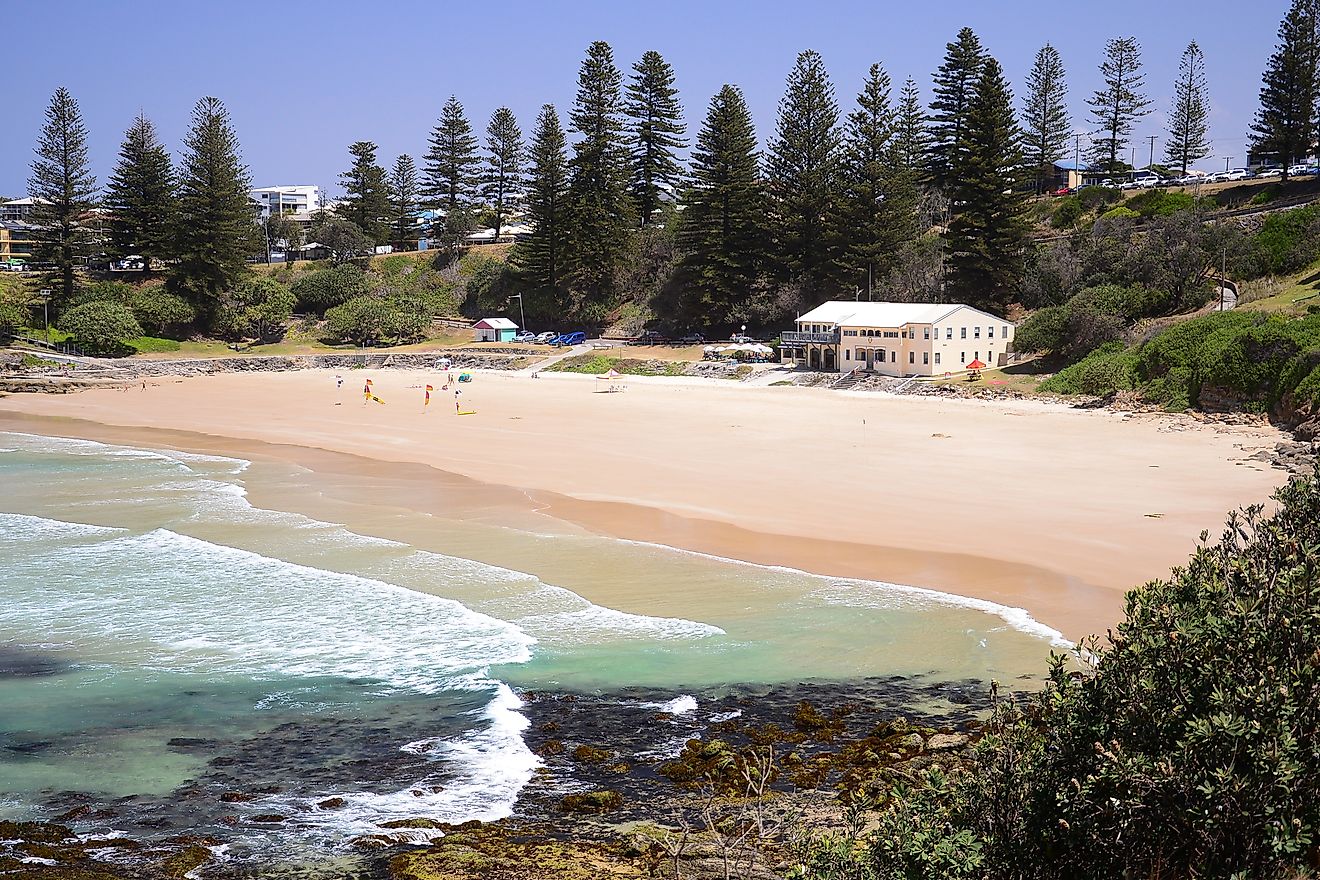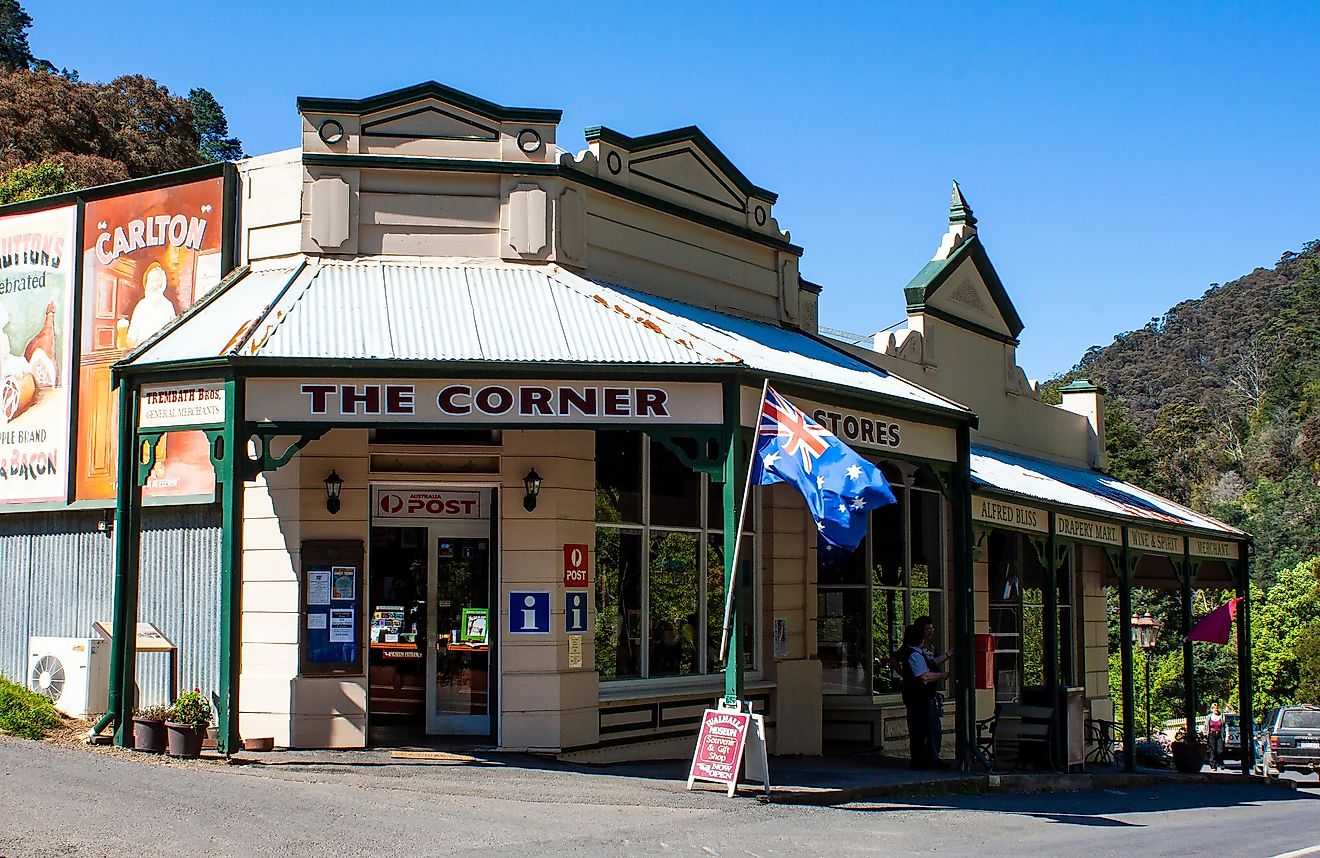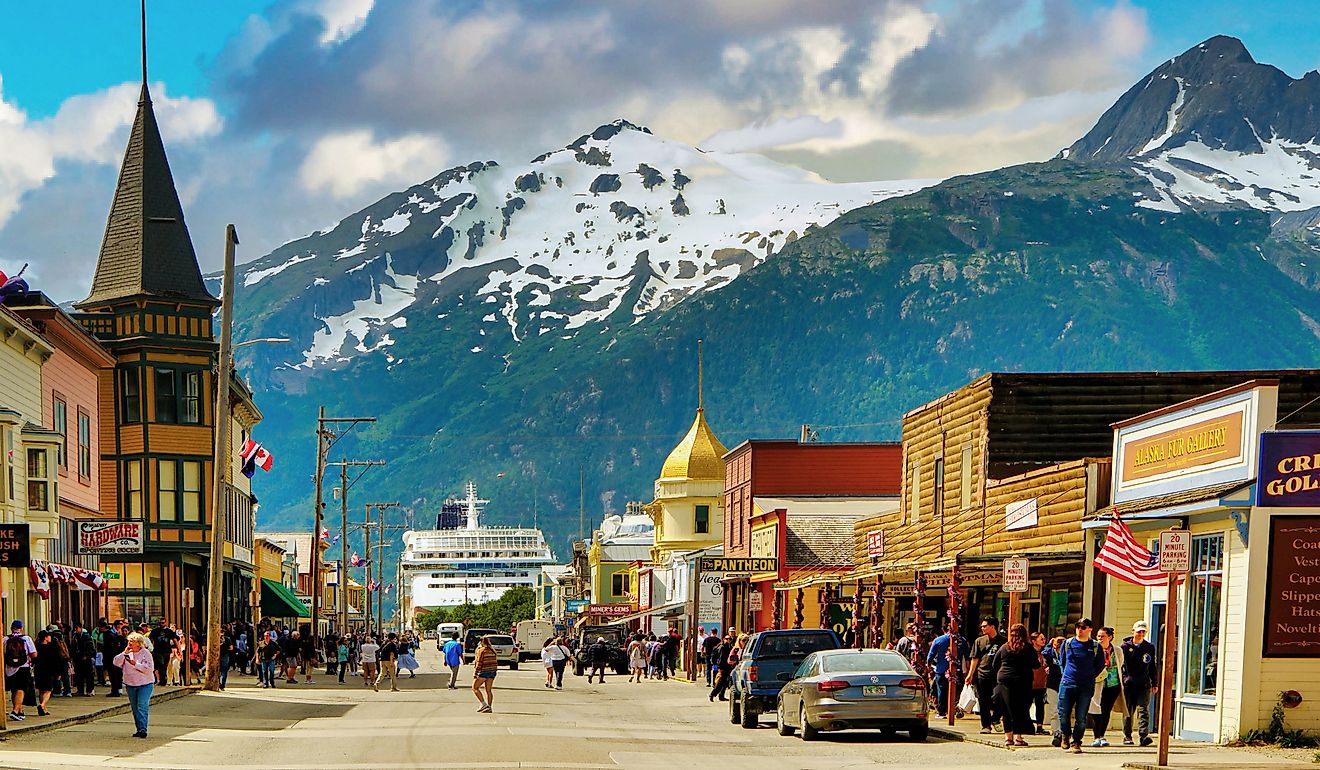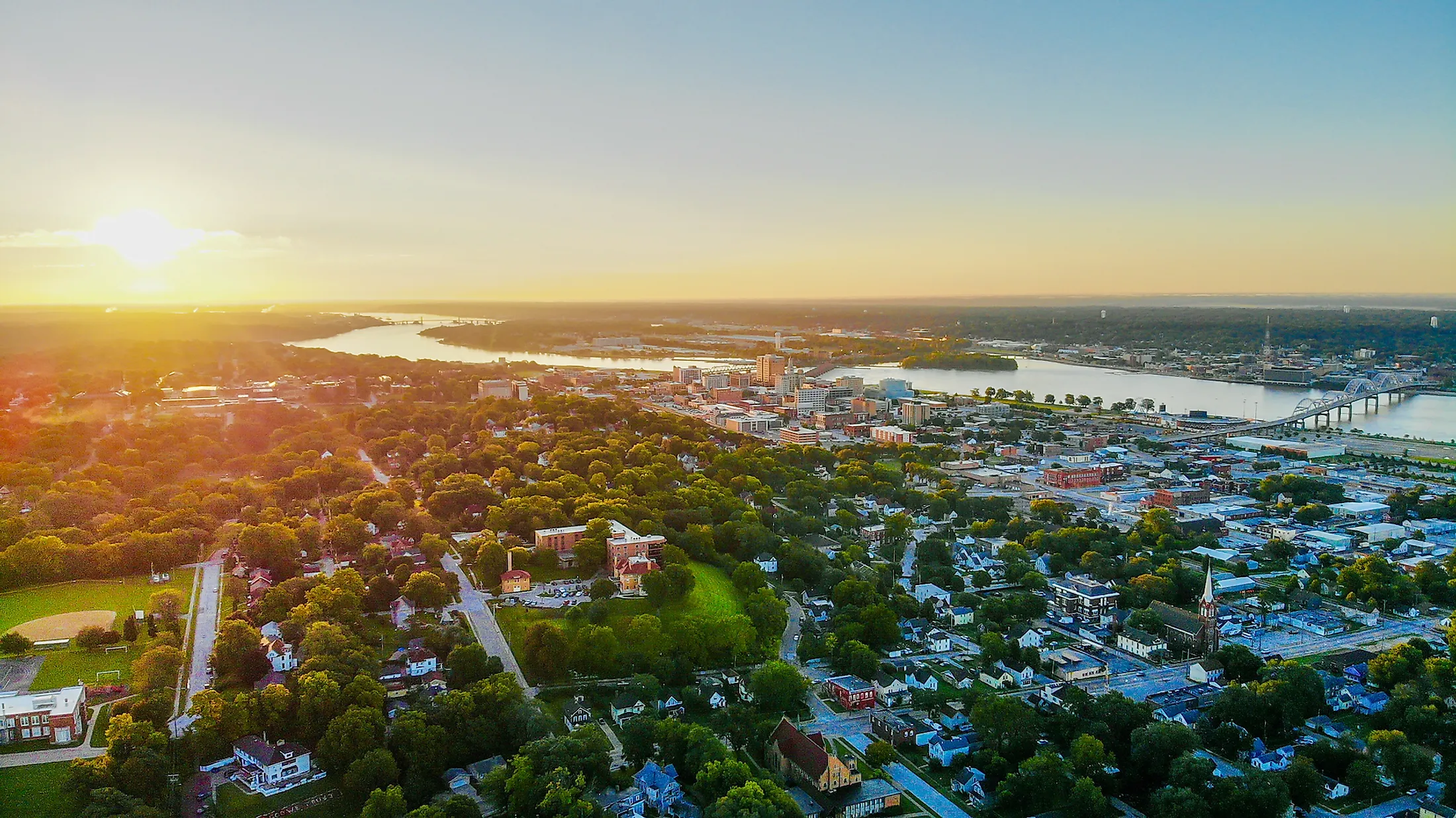
Davenport, Iowa
Davenport is a city situated in Scott County in the US State of Iowa. The area in which the city presently sits was initially home to several Native American peoples. The city itself was founded in the early 19th century, on the site where a significant purchase treaty between the US Government and Native Americans was signed. By the mid-19th century, the city became a commercial and transit hub. Like other major American cities, Davenport was struck by the Great Depression of the 1930s but rebounded after the Second World War. Today, Davenport is home to more than 100,000 people.
Geography Of Davenport
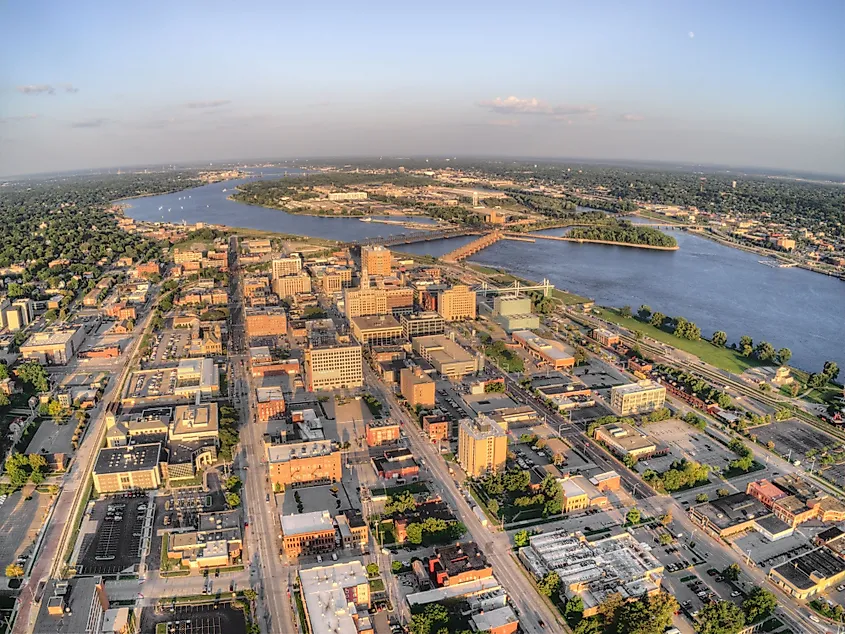
Davenport is located on the western banks of the Mississippi River, which serves as Iowa’s eastern border with Illinois. It is approximately 270 km west of Chicago and 270 km east of Des Moines -the state capital of Iowa. The city covers a total area of 168.56 sq. km, of which 5.52 sq. km is occupied by water and 163.04 sq. km is occupied by land. Davenport is bordered to the north by the town of Eldridge, to the east by the city of Bettendorf, and to the west by the town of Buffalo. Directly across the Mississippi River from Davenport are the cities of Rock Island, Moline, and East Moline. From the river, the city starts to slope north up a hill. Davenport and the aforementioned cities of Bettendorf, Rock Island, Moline, and East Moline are part of the Quad Cities metropolitan area.
Climate
According to the Köppen climate classification, the city of Davenport experiences a humid continental climate with long, warm, humid summers and freezing snowy winters. The hot season lasts from May to September, with July being the hottest month, with an average high temperature of 29.4°C and a low temperature of 18.8°C. The cold season lasts from November to March, with January being the coldest month, with an average low temperature of -8.8°C and a high temperature of -0.5°C. The city receives an average snowfall of 30.7 inches per year.
The Population And Economy Of Davenport
Davenport has a total population of 101,724, making it the third-largest city in Iowa. More than 81.4% of the city’s population is White, of which 74.1% are non-Hispanic, and 7.3% are Hispanic. African Americans make up 11.3% of Davenport’s population, while people of mixed racial backgrounds comprise 3.11%, and Asians 2.3%. Over 92% of Davenport’s residents speak only English, while 4.4% speak Spanish. About 95% of the city’s residents were born in the United States. More than 59% were born in Davenport itself.
As of 2019, there are 40,295 households in the city with a median household income of $51,029. The city has a poverty rate of 16.6% and an unemployment rate of 4.5%. Poverty in Davenport disproportionately affects the African American population, of which 38.84% are classified as living in poverty. The most significant economic sectors in the city, in terms of the number of employees, are manufacturing, healthcare & social assistance, and retail trade.
Brief History Of Davenport
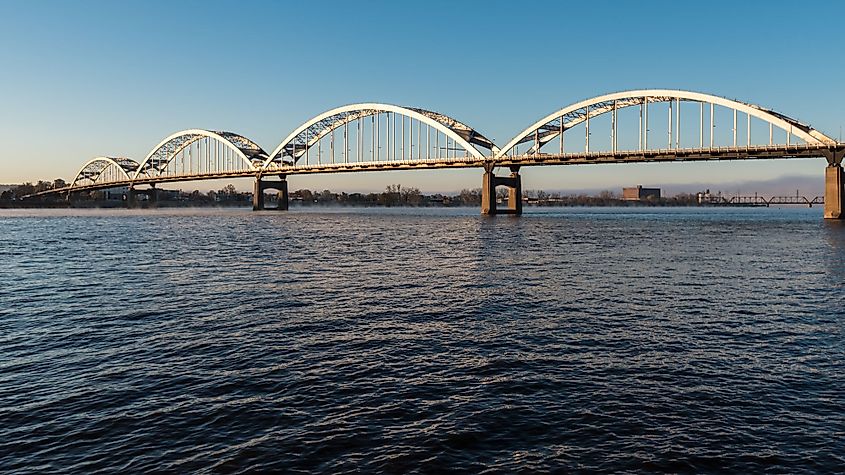
Before the arrival of Europeans, what is now Davenport was inhabited by Native Americans of the Sauk, Meskwaki (Fox), and Ho-Chunk (Winnebago) nations. France laid claim to this territory in the 18th century. France sold the territory to the United States in 1803 as part of the Louisiana Purchase. In 1832, American forces defeated the collective forces of the Sauk, Meskwaki, and Kickapoo nations, who were led by a Sauk leader named Black Hawk. Thus, the conflict was known as the Black Hawk War. After this conflict, the US Government concluded the Black Hawk Purchase, otherwise known as the Forty-Mile Strip or Scott’s Purchase, by which the United States took over 24,000 sq. km of territory in what is now Eastern Iowa, including the area of present-day Davenport. The person credited with founding Davenport is Antoine Le Clair, a person of mixed Native American and European heritage, who served as a translator when the Black Hawk Purchase was being signed. In 1833, Le Claire built his home, named the “Treaty House,” on the exact spot where the Black Hawk Purchase was signed and named his new city Davenport after his friend Colonel George Davenport. The city was designated as a special charter city in the Territory of Iowa in 1839. In 1856, Rock Island Railroad built the first bridge across the Mississippi River, connecting Davenport to Rock Island. This railroad spurred greater commerce with Chicago. Eventually, Davenport became a commercial railroad hub.
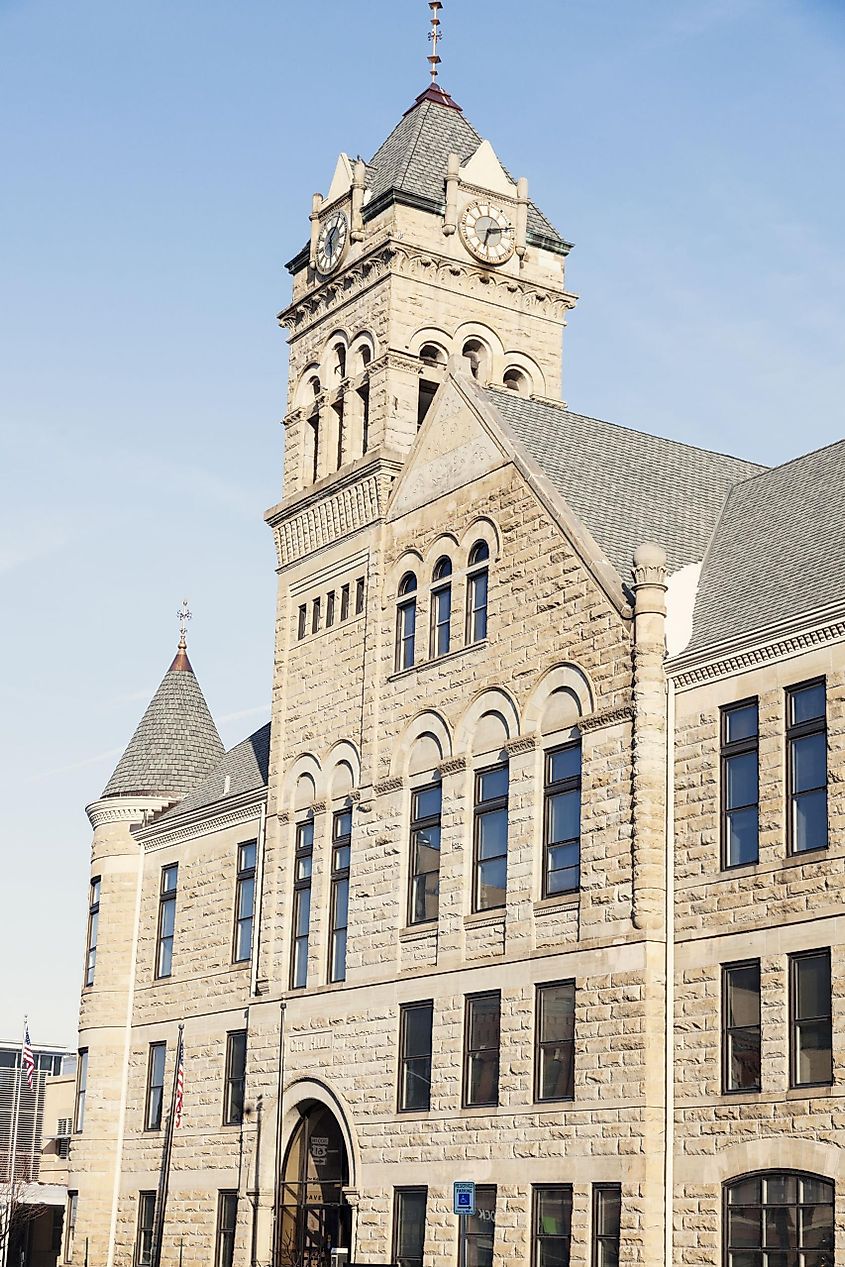
Davenport City Hall was built in 1895. The 1920s saw the construction of the Kahl Building, the Parker Building, and the Capitol Theatre, which became prominent as part of the city’s skyline. During the Great Depression, thousands of Davenport’s residents were on public welfare. A shantytown grew in the city's western end, along the Mississippi River. Davenport rebounded, however, after World War II. Oscar Mayer, Ralston Purina, and other companies built plants in the city. The interstate highway network reached Davenport in 1956. By 1959, more than a thousand homes were being built in the city every year. By the 1970s, however, Davenport entered a period of economic stagnation. This was exacerbated during the farm crisis of the 1980s when thousands of workers lost their jobs. Davenport would rebound during the 1990s. In recent years, efforts to revive the city’s downtown area have been undertaken, including the repair of Modern Woodmen Park, the building of the Skybridge, and Figge Art Museum. In 2011, the Gold Coast and Hamburg Historic District were named America’s Great Place by the American Planning Association.
Attractions In And Around Davenport
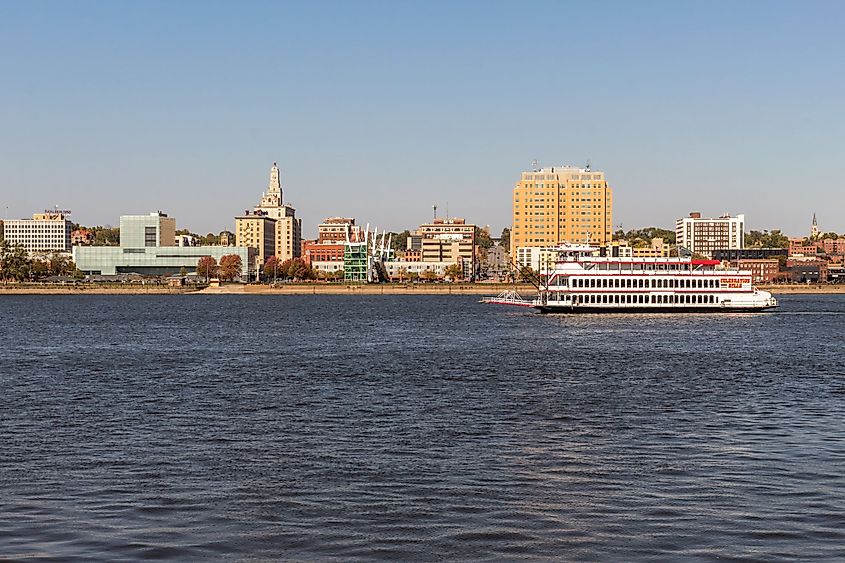
Davenport and the surrounding area contain several museums and historic sites. Among the museums in the area is the German American Heritage Center, an interactive museum that tells the story of German immigrants’ journeys to the United States and Iowa. It is located in a former hotel that hosted thousands of new German immigrants beginning in 1871. Another notable museum is the aforementioned Figge Art Museum. Housed in a glass building on the banks of the Mississippi River and named after a former mayor of Davenport, the Figge Art Museum bills itself as the premier art exhibition and education facility between Chicago and Des Moines. Davenport is also home to the historic Palmer Family Residence, the home of the Palmer family that founded the chiropractic profession in 1895, and the Palmer Family and Chiropractic Museum.
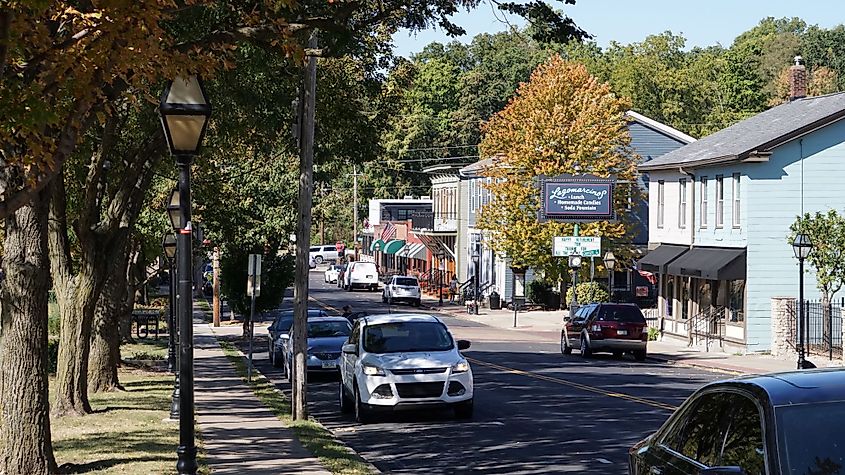
Popular areas of Davenport include downtown Davenport, the Village of East Davenport, McClellan Heights, and the previously-mentioned Gold Coast and Hamburg District. Cultural venues include the Pocahontas Rialto Theatre, the River Center Adler Theatre, the Catich & Morrissey Gallery, and the Galvin Fine Art Center. Some notable outdoor attractions include Great River Road National Scenic Byway, RiverWay Trail, Sunderbruch Park Mountain Bike Trail, and the Nahant Marsh.
